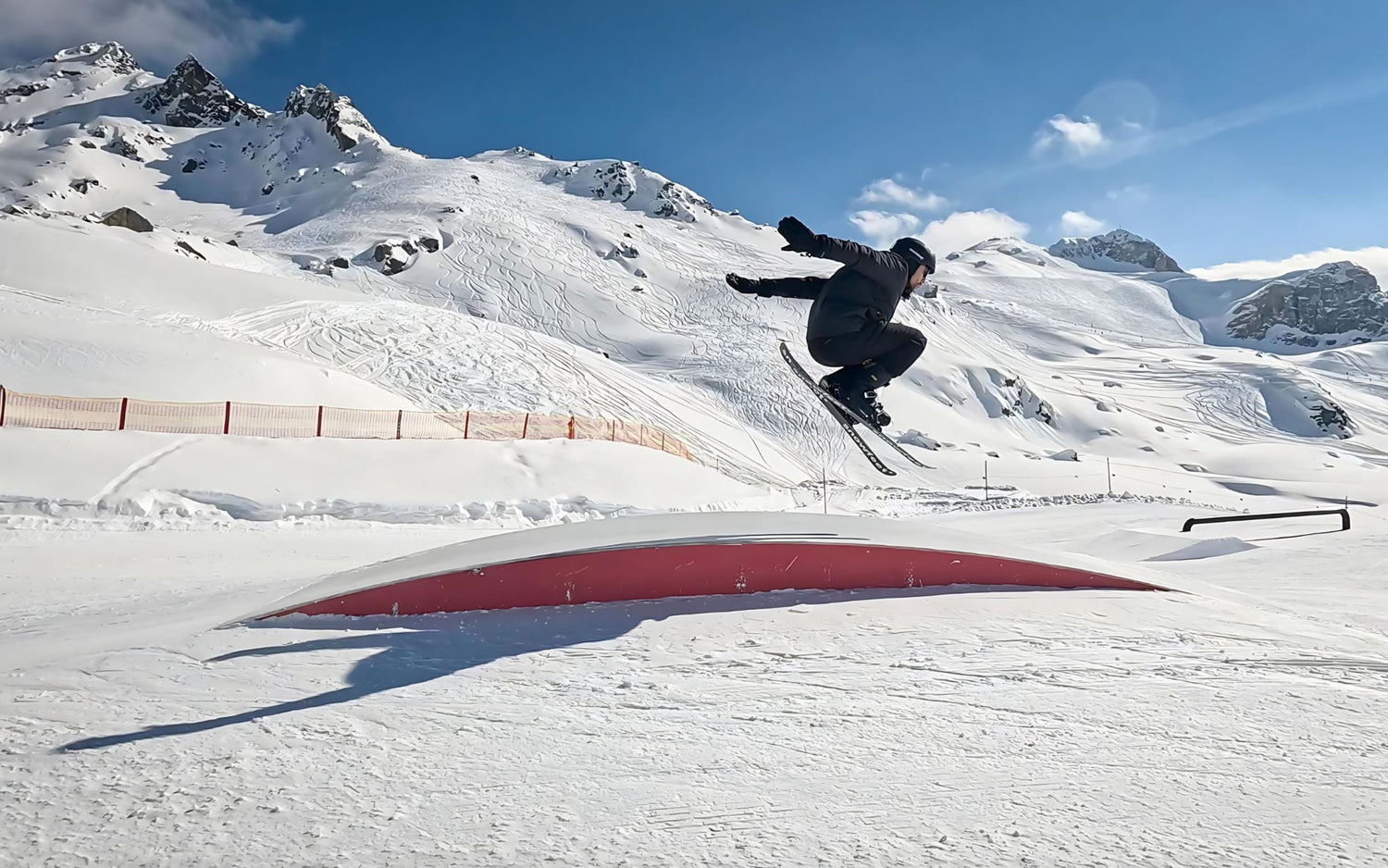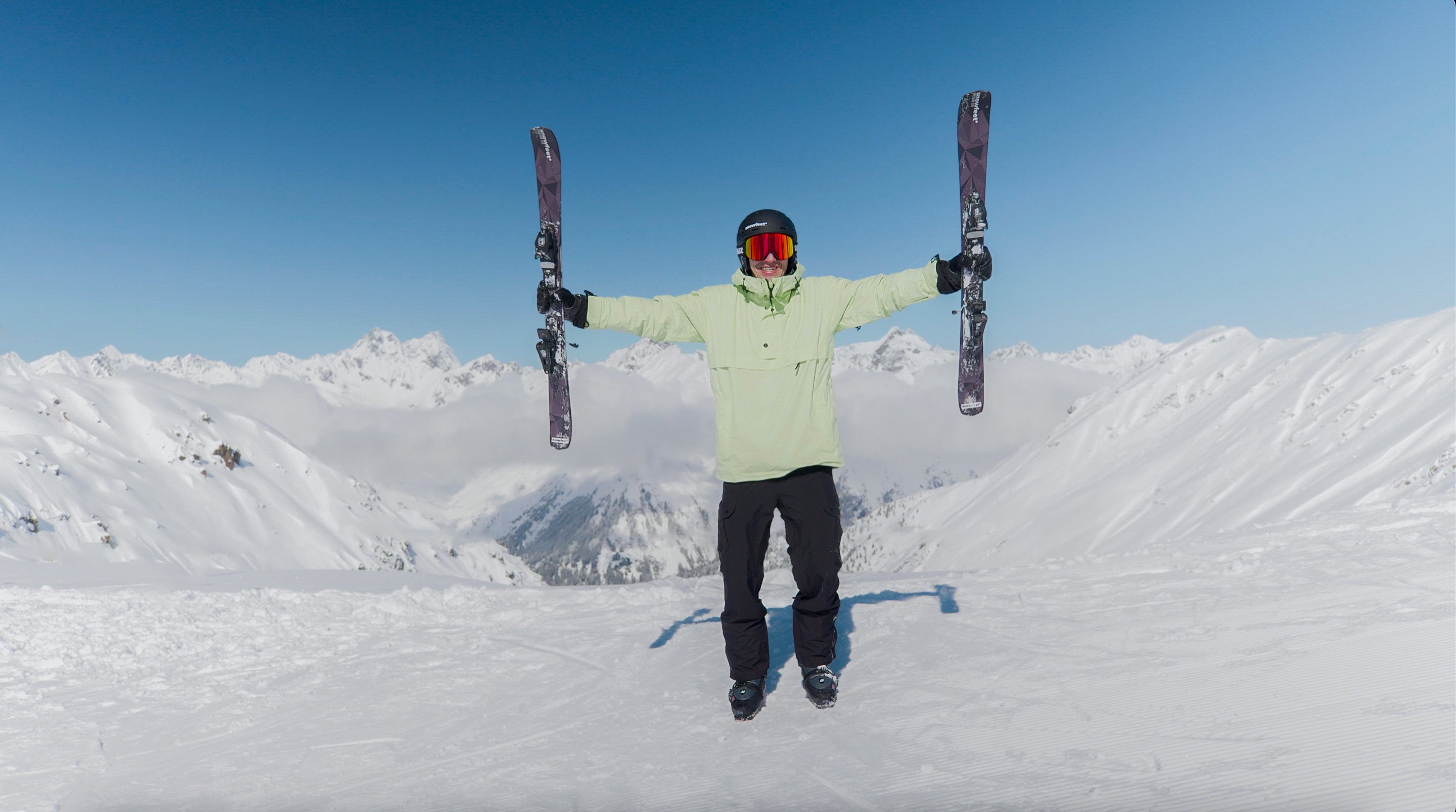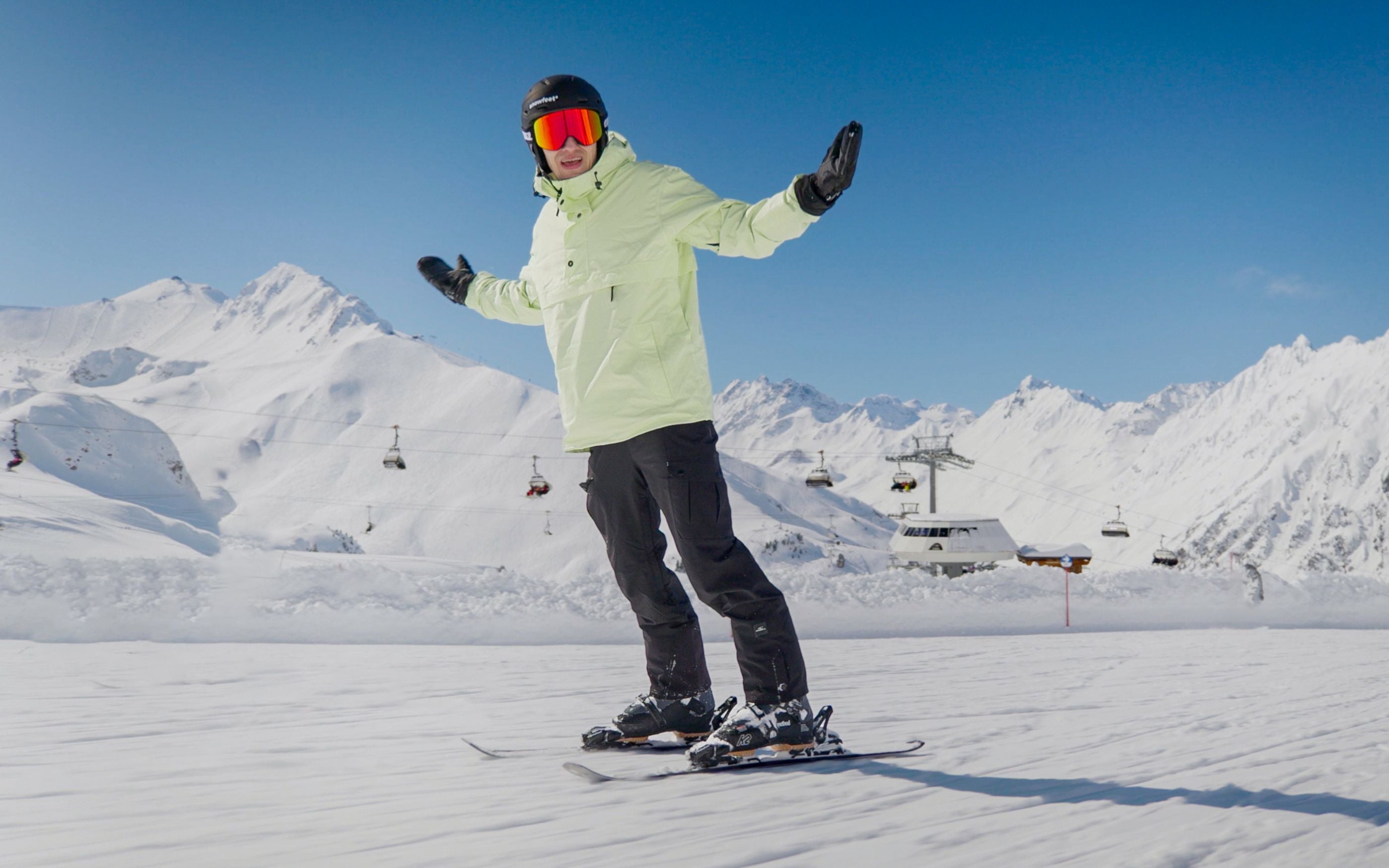If you've ever heard someone say, "Snowblades are dangerous," you’re not alone. The idea that snowblades—also known as skiblades skiboards or simply short skis—are unsafe has been floating around for years, but is it really true? In short, no—snow blades are not inherently dangerous. In fact, they can be safer than traditional long skis in many scenarios, especially for beginners or those who prefer more control on the slopes.
Why Do People Think Snow Blades Are Dangerous?
1. Lack of Familiarity
Snow blades have been around for a while, but they’re still not as commonly used as traditional long skis. When people aren’t familiar with a piece of equipment, it’s easy for misconceptions to spread. The shorter length and different handling characteristics can make snow blades seem riskier to those who haven’t tried them or don’t understand how they work.
2. Misconception of Instability
Another reason some people believe snow blades are dangerous is that they assume shorter skis must be less stable than longer ones. Long skis tend to offer more stability at high speeds, but that doesn’t mean short skis are unstable—quite the opposite, actually. The maneuverability and quick response time of snow blades can sometimes be misinterpreted as being “too responsive,” leading to the belief that they’re harder to control, which isn’t the case.
3. Confusion with Tricks and Stunts
Since snow blades are often associated with trick skiing or park riding, some people assume they’re inherently risky. While snow blades are great for trying out jumps and tricks, they’re also versatile enough for casual skiing and can be safer in many respects because of how easy they are to control.
4. Mainstream ski industry lobby
The biggest ski manufactures focus only on long skis and the narrative they propose to shop and customers is that long skis are the best solution for every skier. While this might apply to race skiers or professional athletes, recreational skiers benefit from shorter skis rather than clunky and heavy skis.
Now that we understand why people might think snow blades are dangerous, let’s break down the reasons why this is just a myth.
Why Snowblades Are Not Dangerous
1. They Are Easier to Control Than Long Skis
One of the biggest advantages of skiblades is their ease of control. The shorter length allows for quicker, tighter turns, making it much easier to navigate on the slopes. Unlike long skis, where wide arcs are required to make turns, skiblades allow for fast, responsive maneuvers, which is especially helpful for beginners who are still learning how to control their movements.
Because of their agility, snowblades offer a more intuitive riding experience. Beginners and experienced skiers alike can stop quickly and avoid obstacles with less effort, reducing the risk of accidents. So, while long skis may feel more stable at high speeds, snow blades excel in giving you the ability to control your ride in almost any situation.
2. They Are Safer on Crowded Slopes
Skiblades are shorter than traditional skis, typically ranging from 65 cm to 120 cm in length. This compact size makes them safer on crowded slopes because you have better control over your movements, and you take up less space. On busy days when the slopes are packed with other skiers and snowboarders, it’s easier to navigate around people, stop quickly if needed, and avoid collisions.
Long skis can be cumbersome in crowded areas, making it harder to make tight turns or weave through groups of people. With snowblades, you can change direction more quickly and reduce the chances of getting tangled up with others.
3. Skiblades Are Equipped with the Same Safety Features as Skis
Another myth is that snow blades lack the safety features of traditional skis, but this simply isn’t true. Skiblades are equipped with similar safety features, including durable edges for controlled turns, sturdy construction to withstand rough terrain, and high-quality materials designed for performance and safety.
The bindings used on snow blades are also designed to release under pressure, just like the bindings on longer skis. If you fall or encounter an obstacle that would typically cause an injury, the bindings will release to prevent strain on your knees or ankles. Snowblades are also subject to the same safety standards as other ski equipment, so you can trust that they’ve been designed with safety in mind.
4. Snowblades Have Safe Bindings
Bindings are one of the most crucial safety elements in skiing, and snow blades are no exception. The bindings on snow blades are typically easy to adjust and designed to release if necessary, just like with longer skis. Whether you’re using step-in bindings or strap bindings, they are built to prevent injury and ensure a secure ride. Modern snowblades bindings are engineered with the same care as regular ski bindings, giving you peace of mind on the slopes.
Tips for a Safe Ride with Skiblades
While snow blades aren’t dangerous, there are still a few important tips to keep in mind to ensure you have a safe and enjoyable ride:
1. Start on Gentle Slopes
If you’re new to snow blades or skiing in general, start on beginner-friendly slopes. Snow blades may be easier to control than long skis, but it’s still a good idea to get used to their feel on easier terrain before tackling steeper runs. Practice stopping, turning, and using your edges to control your speed before advancing to more challenging trails.
2. Use Proper Form
Snow blades require the same basic skiing techniques as traditional skis. Keep your knees slightly bent, your weight centered over your blades, and your eyes looking ahead to where you’re going. Avoid leaning too far forward or backward, as this can throw off your balance. By maintaining proper form, you’ll be able to ride confidently and safely.
3. Wear Protective Gear
Just like with any winter sport, wearing protective gear is essential. A helmet should always be worn, whether you're skiing with snow blades or traditional skis. Additionally, knee pads and wrist guards can be helpful, especially if you’re just starting out or plan to hit the terrain park. Snow blades might be easier to control, but falls can still happen, so gear up accordingly.
4. Stick to Your Skill Level
While snow blades are easier to control, that doesn’t mean you should immediately hit the most difficult slopes. Stick to terrain that matches your skill level, and don’t push yourself too fast. As you gain more experience with snow blades, you can gradually work your way up to more challenging runs.
5. Be Aware of Your Surroundings
Crowded slopes require extra awareness, regardless of what kind of skis you’re using. Always keep an eye on other skiers and snowboarders around you, and make sure you’re giving yourself plenty of room to stop and turn. The agility of snow blades makes it easy to avoid collisions, but being alert and aware is key to staying safe.
Conclusion
In conclusion, the belief that snow blades are dangerous is largely a myth. Snow blades are actually easier to control than traditional long skis, making them ideal for beginners or those looking for more maneuverability on the slopes. Their shorter length makes them safer in crowded conditions, and they come equipped with all the same safety features you’d expect from any ski equipment, including reliable bindings and sturdy construction.
As with any sport, the key to staying safe on snow blades is using them properly, wearing the right gear, and riding within your limits. By following these simple guidelines, you can enjoy a safe and thrilling experience with snow blades. So, next time someone tells you that snow blades are dangerous, you’ll know the truth—they’re a fun, safe, and versatile option for skiers of all levels!















Leave a comment
This site is protected by hCaptcha and the hCaptcha Privacy Policy and Terms of Service apply.